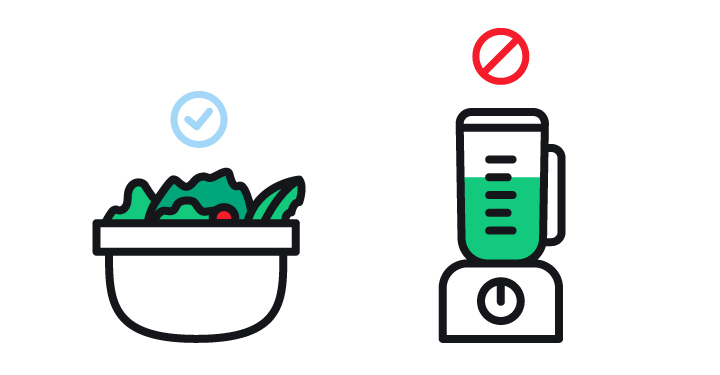We’re living in a time of important movements and lightning-fast change. Sometimes it can feel scary or awkward to stand up for racial diversity and inclusion, but more importantly, how do you sustain it for years to come? The first step towards creating a more diverse workforce is assessing the makeup of your company’s team and taking steps to eliminate bias from your hiring practices. But assuming that’s going well, what’s next? Here are some tips for building a culture that goes beyond tolerance, to celebrating and even thriving off of individual differences.

Unite Around a Common Mission
Hiring a diverse team isn’t enough if your employees still divide into cultural or ideological cliques. Part of fostering a culture of inclusivity in the workplace means having a mindset that sees each person as a unique part of a team that’s working towards a common goal. Put another way, your company is a salad, not a puree—each person’s unique identity and talents contribute to the whole but aren’t assimilated in the process.
Education, not Indoctrination
You know when you’re about to do the dishes, but your spouse/roommate/parent asks you to do the dishes and suddenly not doing the dishes becomes the hill you’re willing to die on? Mandatory diversity and inclusion training can trigger that same rebellious desire to assert autonomy and flout rules. In one study, researchers asked “...white subjects [to] read a brochure critiquing prejudice toward black people. When people felt pressure to agree with it, the reading strengthened their bias against black people. When they felt the choice was theirs, the reading reduced bias.” All this is to say that companies should make education voluntary so people will be more inclined to internalize the message.

Donate Time
Maybe your company already has a healthy inclusive culture, but it feels like you could be doing more. Donating to charities is a great place to start if you’re financially able. But if you’re strapped for cash, try donating your time. Around one in five companies offer volunteer time off (VTO), giving employees a chance to spend a few days per year working for a nonprofit or charity. Volunteering may be even more meaningful and effective by sharing the expert knowledge or skills within your organization with vulnerable populations. For example, lawyers take on pro bono cases to help clients who have a just cause but might not be able to afford the legal fees required to pursue justice. Similarly, creative agencies and freelancers can offer their services to minority-owned businesses for a free or steeply discounted rate.
Review Your Suppliers and Partners
Everyone knows it makes good business sense to get multiple quotes for big contracts or shop around to get the best prices for office supplies. But are you applying the same anti-bias measures to the way you operate your business? Depending on the scale of your business, this could mean ordering office supplies from diverse-certified organizations or renting office space from a minority-owned coworking space. For larger companies, tools like GoProcure have features that help you do business with a more diverse range of suppliers.
Political Diversity
When considering diversity in our organizations, we often overlook incorporating a variety of political perspectives, too. It feels like politics are more polarized than ever, with some families even struggling to accept political intermarriage. But softening polarizing views with empathy requires meaningful conversations with people, not sounding off in a social media bubble. An analysis of Wikipedia editors showed that politically diverse editorial groups produced better articles than politically aligned ones. In this study, polarized political viewpoints spurred intense debate over article edits. The resulting need for consensus and fair representation of varying viewpoints ensured that Wikipedia’s citation and transparency standards were better adhered to than articles edited by ideologically homogeneous editors. The same holds true for your business—unite your team under the company mission and you might find “crossing the aisle” breeds powerful camaraderie and great work.
Diversity and inclusion are nuanced, ever-shifting concepts. Doing the right thing isn’t always easy, but being willing to have uncomfortable conversations with an open mind goes a long way towards creating a resilient and dynamic company culture. No matter where you’re at in the process, Artisan is here to help.
Editor's note: In our diversity, equity, & inclusion (DEI) series we acknowledge that we missed discussing how important it is to include people with disabilities in your DEI focus. A sincere thank-you goes out to our readers who pointed this out! We've since published this article to encourage hiring and support of people with disabilities.




